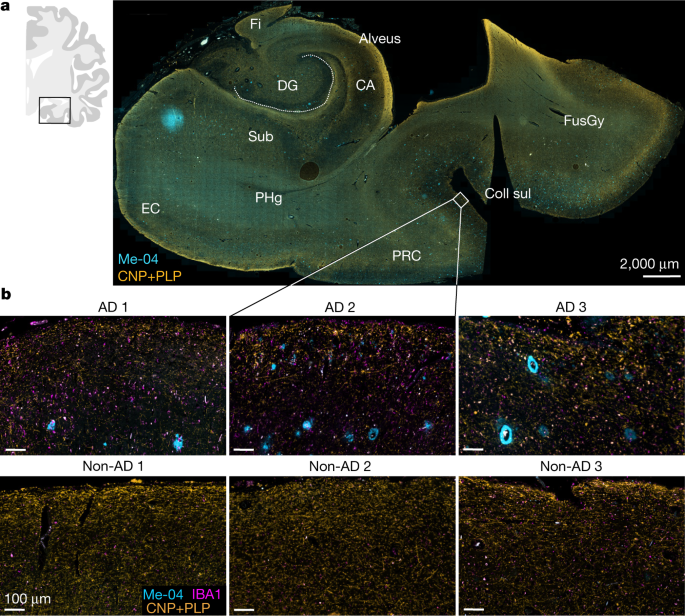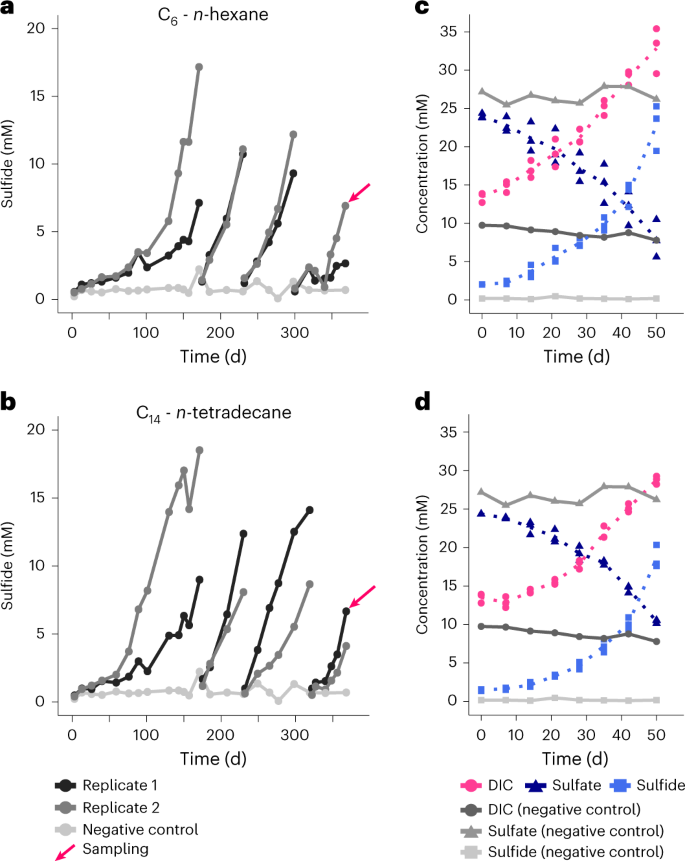2023-06-02 マックス・プランク研究所
◆彼らの研究では、老化による髄鞘の劣化がアルツハイマー病の特徴であるアミロイドβペプチドの蓄積を促進することが示されました。また、髄鞘の劣化は脳の免疫細胞であるミクログリアを混乱させ、アミロイド斑の正常な排除を妨げる可能性があることも明らかになりました。
◆今後の研究により、老化による髄鞘の損傷を遅らせることがアルツハイマー病の予防や進行の抑制につながる可能性があると期待されています。
<関連情報>
- https://www.mpg.de/20411896/0601-bich-poorly-insulated-nerve-cells-promote-alzheimer-s-disease-in-old-age-17216463-x1
- https://www.nature.com/articles/s41586-023-06120-6
髄鞘機能障害がアルツハイマー病モデルにおけるアミロイドβ沈着を促進する Myelin dysfunction drives amyloid-β deposition in models of Alzheimer’s disease
Constanze Depp,Ting Sun,Andrew Octavian Sasmita,Lena Spieth,Stefan A. Berghoff,Taisiia Nazarenko,Katharina Overhoff,Agnes A. Steixner-Kumar,Swati Subramanian,Sahab Arinrad,Torben Ruhwedel,Wiebke Möbius,Sandra Göbbels,Gesine Saher,Hauke B. Werner,Alkmini Damkou,Silvia Zampar,Oliver Wirths,Maik Thalmann,Mikael Simons,Takashi Saito,Takaomi Saido,Dilja Krueger-Burg,Riki Kawaguchi,Michael Willem,Christian Haass,Daniel Geschwind,Hannelore Ehrenreich,Ruth Stassart & Klaus-Armin Nave
Klaus-Armin Nave Published:31 May 2023
DOI:https://doi.org/10.1038/s41586-023-06120-6

Abstract
The incidence of Alzheimer’s disease (AD), the leading cause of dementia, increases rapidly with age, but why age constitutes the main risk factor is still poorly understood. Brain ageing affects oligodendrocytes and the structural integrity of myelin sheaths1, the latter of which is associated with secondary neuroinflammation2,3. As oligodendrocytes support axonal energy metabolism and neuronal health4,5,6,7, we hypothesized that loss of myelin integrity could be an upstream risk factor for neuronal amyloid-β (Aβ) deposition, the central neuropathological hallmark of AD. Here we identify genetic pathways of myelin dysfunction and demyelinating injuries as potent drivers of amyloid deposition in mouse models of AD. Mechanistically, myelin dysfunction causes the accumulation of the Aβ-producing machinery within axonal swellings and increases the cleavage of cortical amyloid precursor protein. Suprisingly, AD mice with dysfunctional myelin lack plaque-corralling microglia despite an overall increase in their numbers. Bulk and single-cell transcriptomics of AD mouse models with myelin defects show that there is a concomitant induction of highly similar but distinct disease-associated microglia signatures specific to myelin damage and amyloid plaques, respectively. Despite successful induction, amyloid disease-associated microglia (DAM) that usually clear amyloid plaques are apparently distracted to nearby myelin damage. Our data suggest a working model whereby age-dependent structural defects of myelin promote Aβ plaque formation directly and indirectly and are therefore an upstream AD risk factor. Improving oligodendrocyte health and myelin integrity could be a promising target to delay development and slow progression of AD.


